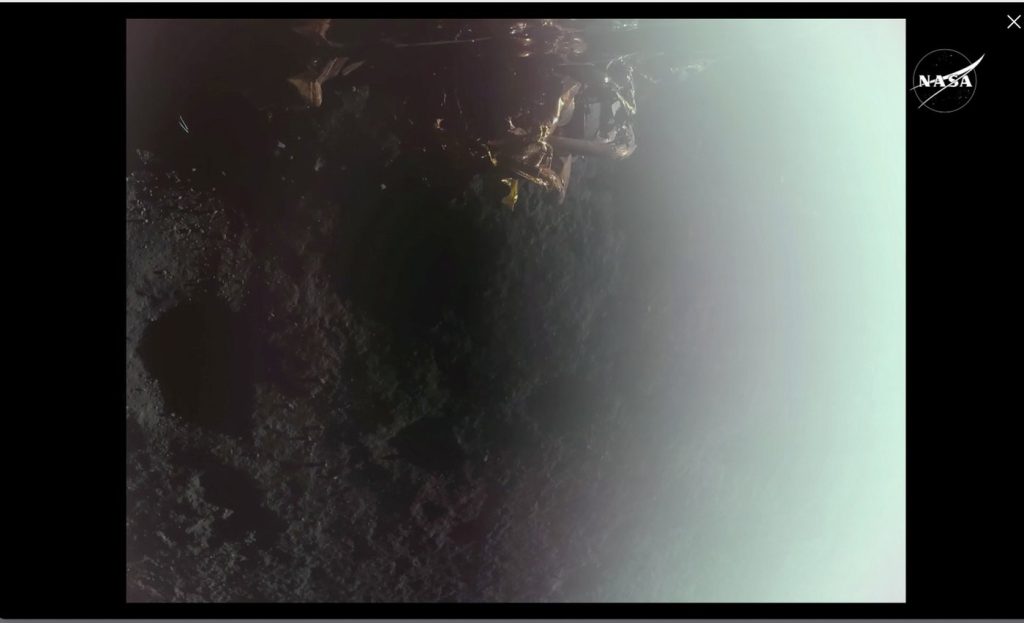CAPE CANAVERAL, Fla. (AP) — A private lunar lander named Blue Ghost, developed by Firefly Aerospace, successfully touched down on the moon on Sunday, marking a significant milestone in the efforts by various companies to establish a commercial presence on Earth’s celestial satellite ahead of planned astronaut missions. This landing is particularly noteworthy as it positions Firefly as the first private company to achieve a controlled lunar landing without crashing, a feat not even accomplished by several countries in previous missions.
The Blue Ghost lander descended from lunar orbit autonomously, targeting the slopes of an ancient volcanic dome located within an impact basin on the moon's northeastern edge. Confirmation of its successful touchdown was relayed from Mission Control in Austin, Texas, approximately 225,000 miles (or 360,000 kilometers) away. Will Coogan, the chief engineer for Blue Ghost, celebrated the success with the announcement, "You all stuck the landing. We’re on the moon."
This successful landing is a product of a decade’s worth of work by Firefly Aerospace, which has now become a pioneering player in the field of lunar exploration. The company launched Blue Ghost in mid-January and succeeded in delivering a total of 10 experiments for NASA, with the space agency paying $101 million for the delivery service and an additional $44 million for the scientific equipment carried aboard. This mission represents the third under NASA's commercial lunar delivery program, aimed at fostering a lunar economy and preparing for future astronaut missions set to occur later this decade.
Following the touchdown, Blue Ghost began transmitting pictures from the lunar surface, with its initial image being a selfie partially obscured by sunlight. The lander is equipped with a vacuum for collecting lunar dust and a drill capable of measuring temperatures up to 10 feet (3 meters) beneath the moon's surface. It also carries a device designed to mitigate the fine lunar dust that plagued astronauts during the Apollo missions.
As Blue Ghost celebrates its successful landing, two other lunar landers are on their way, with one from Houston-based Intuitive Machines expected to land later this week. This lander aims to reach the moon’s surface closer to the south pole than a previous attempt that resulted in a mishap during its first mission. The third competitor, a lunar lander from the Japanese company ispace, is approximately three months away from its landing, having taken a longer route after sharing a rocket with Blue Ghost.
The moon remains a site of failed attempts, with many wrecks, including those from ispace and other entities over the decades. NASA is committed to maintaining a pace of two private lunar landers each year, acknowledging the likelihood of setbacks. The agency’s top science officer, Nicky Fox, recognizes that some missions are expected to fail as they venture into this competitive lunar business landscape.
Unlike NASA’s Apollo missions, which benefitted from substantial funding and experienced astronauts, private companies such as Firefly must operate under tighter budgets and with automated systems for landing. Firefly’s CEO, Jason Kim, remarked on the mission's success, stating, "We got some moon dust on our boots," underscoring the significance of this historic achievement in lunar exploration.










